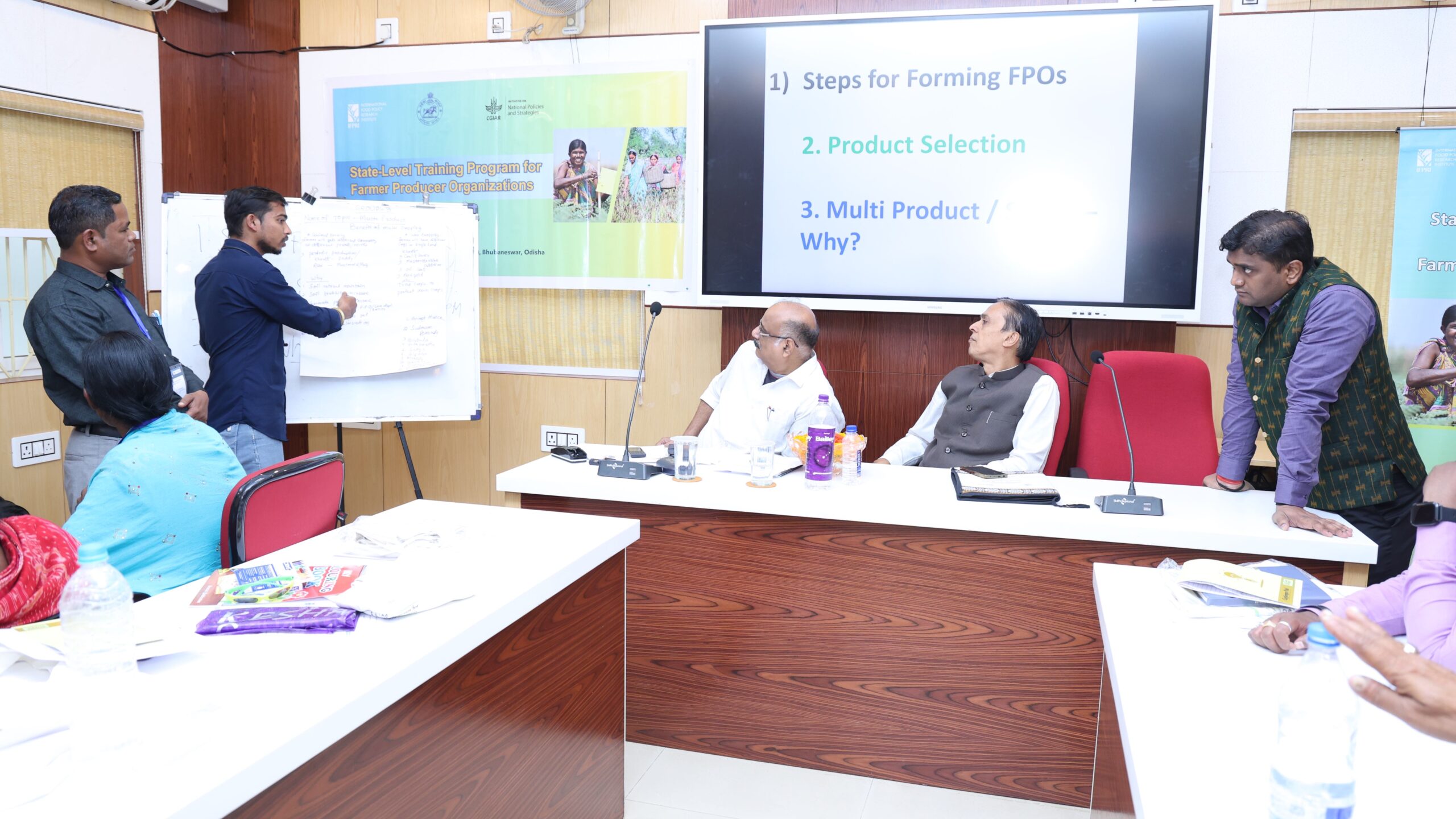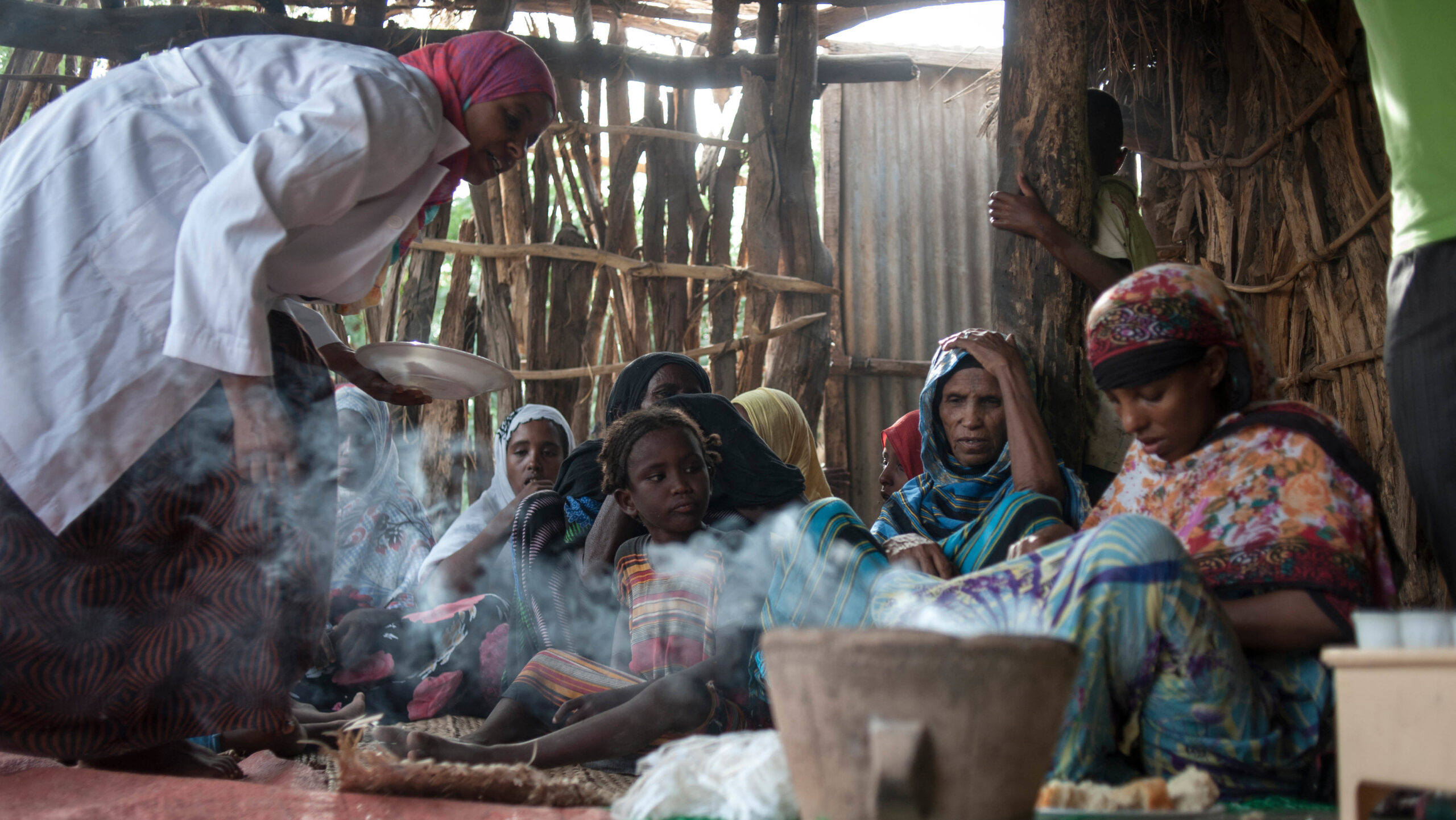“There is a familiar China that most people know,” write Scott Rozelle and Natalie Hell in the introduction to their new book, Invisible China: How the Urban-Rural Divide Threatens China’s Rise. “It’s the world’s largest consumer of luxury goods; it has been ordained as the next global superpower. Four decades of the fastest economic growth in human history have characterized the country’s recent developments.”
But then there is rural China, home to 840 million—two thirds of the country’s population and one tenth of the global population—yet largely invisible to the rest of the world, where people live in often drastically different conditions than their urban counterparts.
At an IFPRI virtual book launch for Invisible China Oct. 15, Rozelle, a Senior Fellow at the Freeman Spogli Institute for International Studies (FSI), Huan Wang, a Social Science Research Scholar at the FSI’s Rural Education Action Program (REAP), and IFPRI Senior Research Fellow Xiaobo Zhang discussed issues facing rural China, and what the disparities between the two Chinas mean for the country’s future.
China’s rural communities comprise manual workers, self-employed informal workers, agricultural workers, families in migrant communities, and the children and elderly left in villages by their migrant families, Rozelle said. The urban-rural divide has become increasingly entrenched over the last few decades: 30 years ago, most college students and professionals came from farming communities, but today, fewer than 5% of students at elite Chinese universities are from rural areas. As a result, rural China is now more closed-off from urban China, and the rest of the world, than ever before, he said: “We get almost no glimpse of how two thirds of China works and grows up.”
This urban-rural divide has the potential to undermine the country’s long-term prosperity. “As you move from middle income to high income, wages rise, jobs change, and if you don’t have the skills to learn those new jobs there’s a polarization. You get … unemployment,” Rozelle said. Moderate and low skilled jobs disappear as they are either outsourced to other countries or replaced by automation. The uneducated, unable to find jobs, end up in the informal sector, where they work for low wages and without benefits.
Over the past 15 years, China’s informal sector grew steadily while other important sectors (e.g., manufacturing, construction, etc.) shrank. The main problem, Rozelle said, is the urban-rural education gap: While 93% of China’s urban teenagers attend high school, among the rural poor, only half of teenagers do. In terms of the overall labor force (all individuals between the ages of 18 and 65), according to then 2015 National Census, only 3 out of 10 people have ever been to high school. This is one of the lowest rates in the entire middle income world.
According to Wang, rural children face “invisible barriers”—long-term health conditions, often stemming from poor nutrition, and exacerbated by a lack of resources—that hamper their success in school. Myopia (nearsightedness) is one example of how chronic poverty undermines education. “China has the largest population of myopic people,” she explained. “A lot of the rural kids are looking at the blackboard, squinting their eyes. They are probably myopic, but they don’t have glasses on their faces.” Though 30%-85% of school-aged rural children are nearsighted, only one in six has glasses.
Wang’s team’s field research involved giving free glasses to myopic students in rural areas and measuring changes in their academic performance compared to a control group. Their findings were dramatic: “What we found is, by simply putting a pair of eyeglasses on a student’s face, in one academic year the gap between rural and urban students was cut in half.”
One reason China’s rural poor typically face worse nutritional outcomes, Zhang said, is because they are expected to spend a significant portion of their incomes on “social spending” on gifts, festivals, houses, and wedding banquets. Zhang’s research tracked the incomes, stunting rates, and wasting rates of a rural Chinese village over the course of five years (from 2004 to 2008). His findings revealed that while income in the village grew by 10% each year, child stunting and wasting rates remained constant. Increases in income were largely swallowed up by social spending.
“The poor population … spends a larger share of their cash on gifts,” Zhang explained. “They attend weddings and funerals. They must pay the same amount as their rich counterparts. Consequently, they spend much less money on food. So the nutritional status of their children suffers as a result.”
IFPRI Director General Johan Swinnen said he hoped the book would raise awareness of China’s rural-urban divisions. “Huan gave us this interesting example of … how kids in China cannot see the blackboard,” he said. “Maybe this book is the glasses that we need to see the invisible China. Maybe this book will become the glasses that we need, and that many other people in the world will see something which we did not see before.”
Timothy Karoff is an IFPRI Communications Intern.







